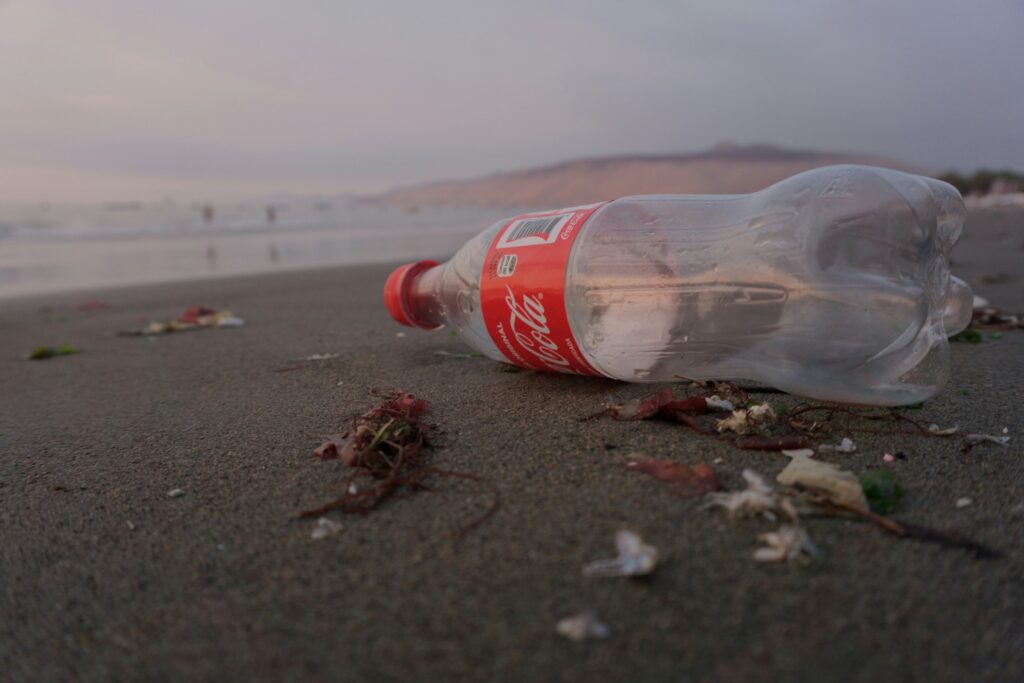
Coca-Cola announced in its annual environmental update that 99% of its primary consumer packaging worldwide was recyclable in 2024. This marks a notable increase from the 90% reported for both 2022 and 2023, as reported by Packaging Dive.
Throughout much of 2024, Coca-Cola focused on meeting packaging sustainability targets set for 2025 and 2030. However, at the end of last year, the company shifted its focus to new targets for 2035. These updated goals include incorporating at least 35% recycled content in primary packaging, increasing recycled plastic use to 30%, and ensuring that 70% of the bottles and cans it distributes are collected for recycling.
In 2024, Coca-Cola also revealed a global increase in recycled content within its primary packaging, reaching 28%. Of the company’s most widely used material, PET, 18% was made from recycled PET. The total weight of virgin plastic used by Coca-Cola rose to 2.94 million metric tons in 2024, up from 2.83 million metric tons in 2023.
Additionally, Coca-Cola disclosed that 14% of its total beverage volume in 2024 was delivered in reusable packaging.
‘The collection and recycling of beverage packaging remains challenging, as each state and country has unique systems, infrastructure, regulatory environments, and consumer behaviors. Collective action is needed to support packaging collection infrastructure and policies,’ Coca-Cola stated.
The company emphasized its commitment to ‘increased advocacy for well-designed collection systems, particularly highlighting the role of extended producer responsibility and deposit return systems. It noted that these systems are often the most effective in improving packaging collection rates.
This update follows Coca-Cola’s earlier acknowledgment that it was falling short of its 2030 targets for recycled content and collection. Soon after, the company introduced its new sustainability goals for 2035. Similarly, PepsiCo also updated its own packaging sustainability goals this year.
Coca-Cola clarified that its approach to recyclability focuses on regions with established recycling systems, a post-consumer recycling rate of 30% or more, and a population of at least 400 million. The company’s packaging updates reflect not only its own efforts but also those of its bottling partners and suppliers.
